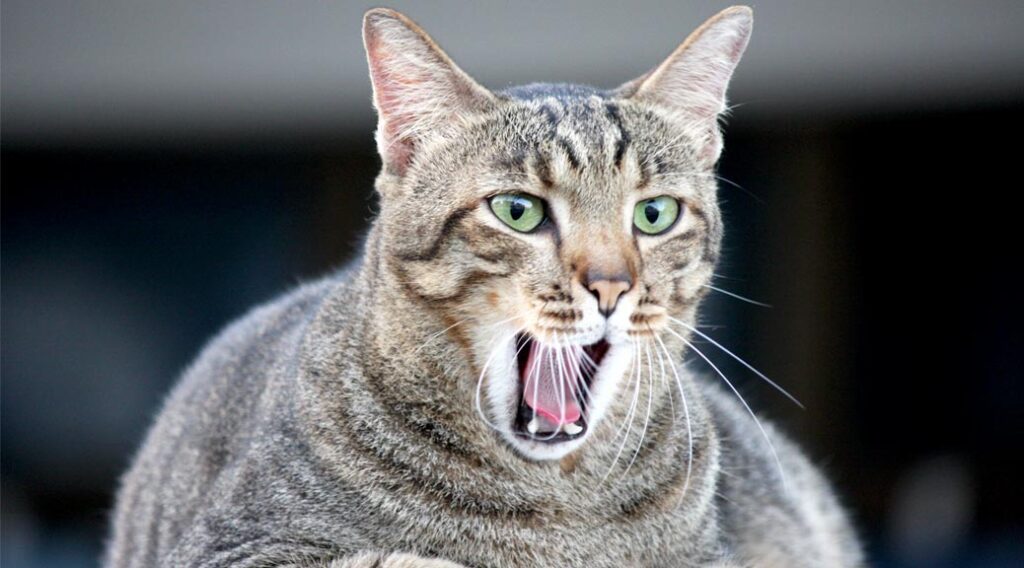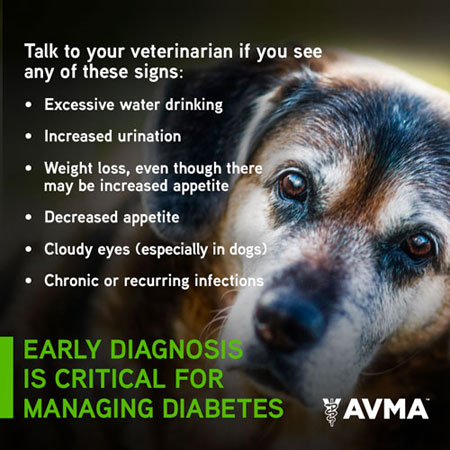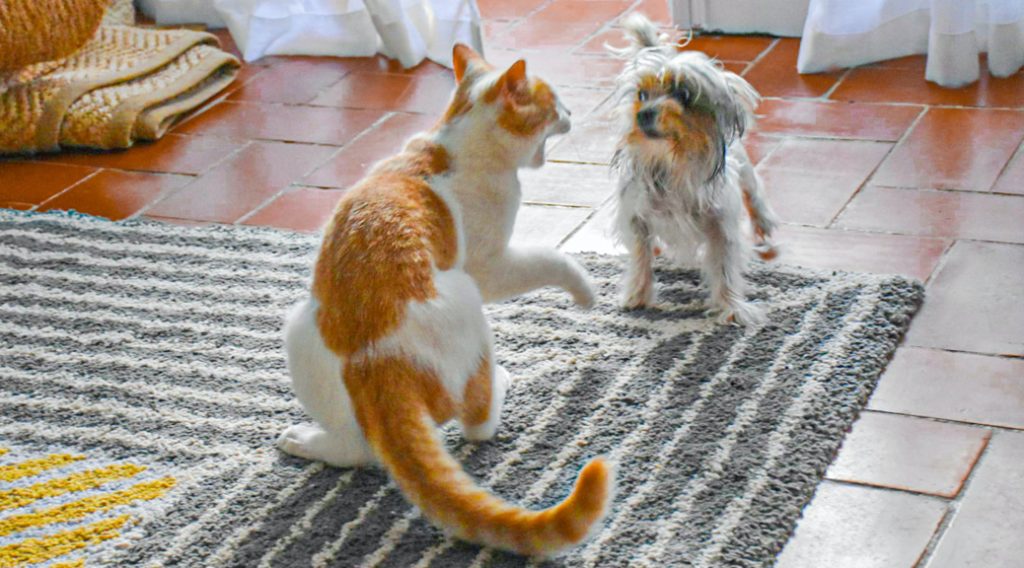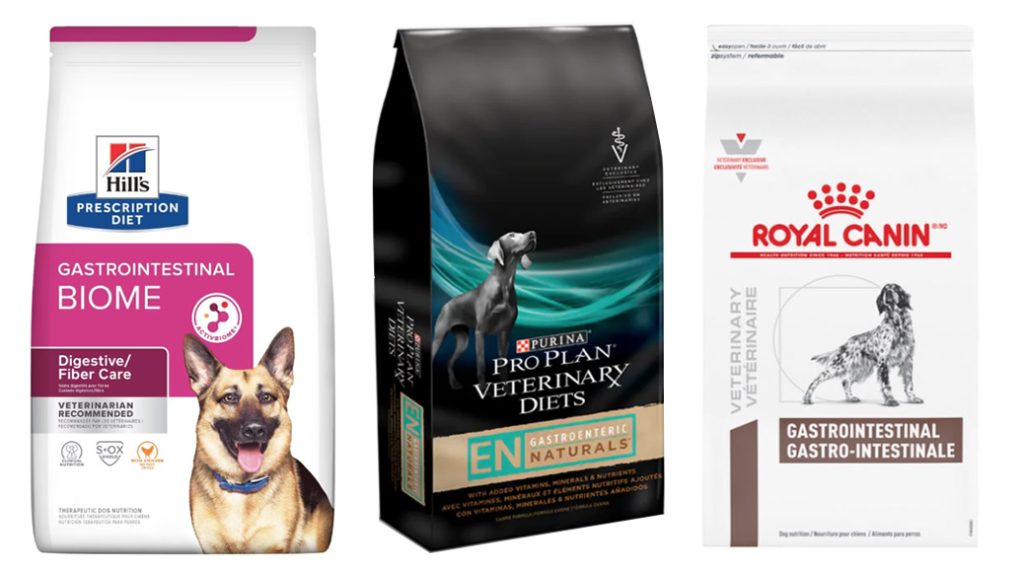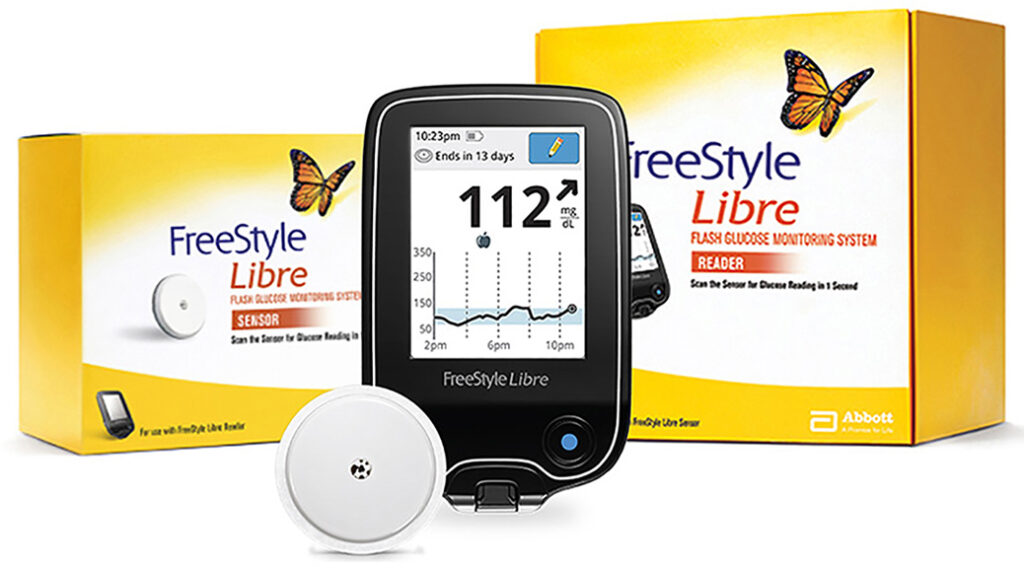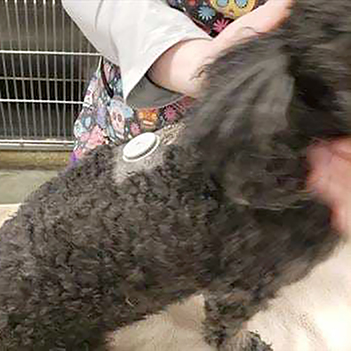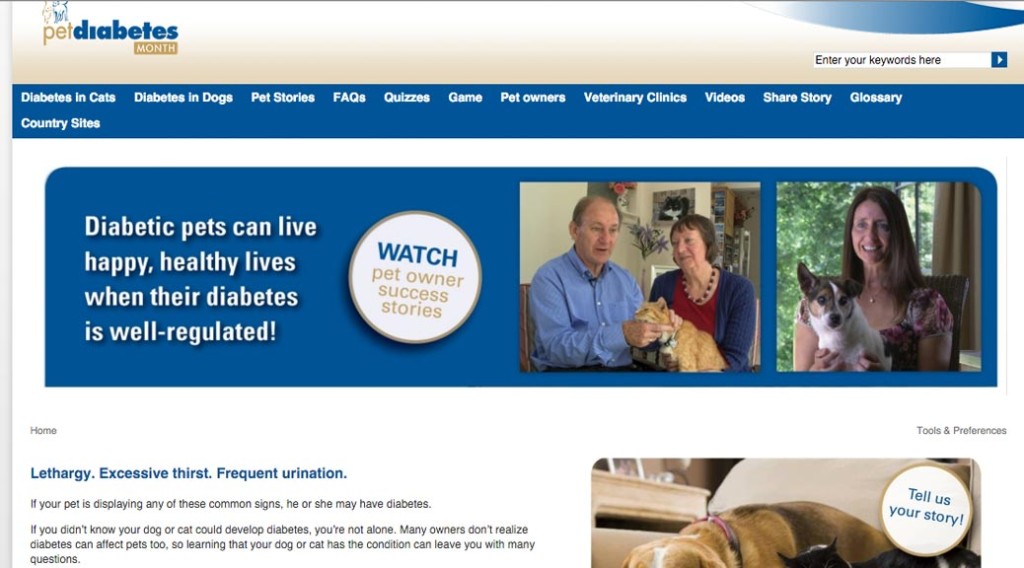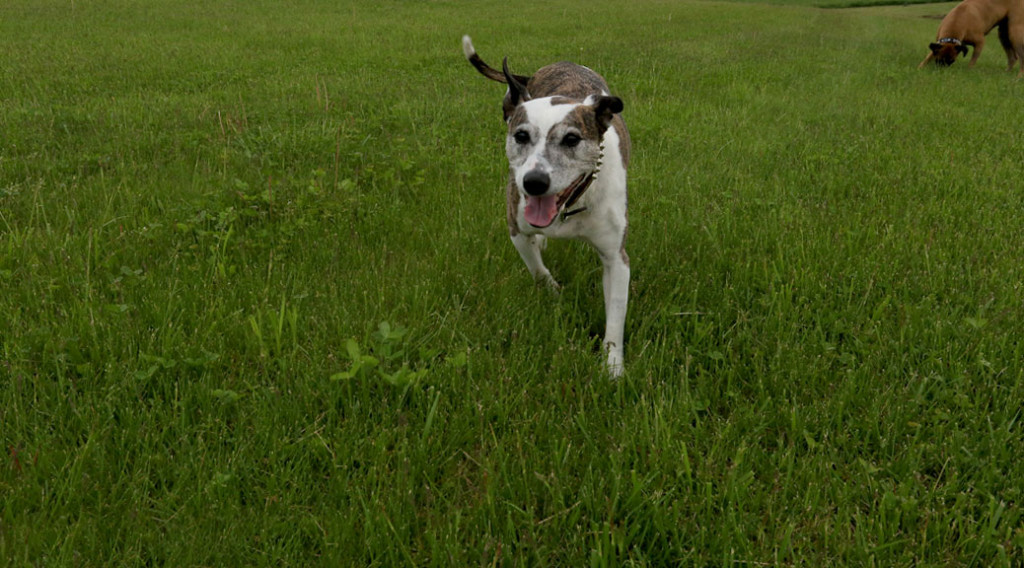Your Pet Can Make You Sick
A zoonotic disease is one that can be transmitted from an animal to a human. There are more than 100 such diseases—usually involving parasites or fungal or bacterial infections—but most are rare in North America and can often be avoided by controlling parasites and observing good basic hygiene practices—especially hand-washing.
Common Zoonotic Diseases in Dogs
- Ringworm
- Salmonellosis
- Leptospirosis
- Lyme disease
- Campylobacter infection
- Giardia infection
- Cryptosporidium infection
- Roundworms
- Hookworms
- Tapeworms
- Scabies
- Harvest mites
- Rabies
Common Zoonotic Diseases in Cats
- Ringworm
- Toxoplasmosis
- Salmonellosis
- Campylobacter infection
- Giardia infection
- Cryptosporidium infection
- Roundworms
- Hookworms
- Cat scratch disease
- Rabies
Rabies
Of these most common zoonotic diseases, rabies is the most serious to animals and humans alike. Pets can contract rabies if bitten by an infected animal. Left untreated, rabies is fatal.
Fortunately, we have an effective vaccine to prevent rabies in pets, required by law in Indiana. See our “Rabies Vaccination Requirement” page for our clinic’s policy on rabies vaccinations.
Toxoplasmosis
Toxoplasmosis is a parasitic disease associated with cats infected after eating infected prey or raw meat. Infected cats excrete the parasites in their feces, usually for no more than two weeks, and during that time the parasite can be transmitted to other cats and humans.
People can be infected by their cat when cleaning litter boxes or inadvertently handling cat feces in the yard.
Most cats and people infected with toxoplasmosis experience few if any symptoms. Treatment may be required for those with compromised immune systems.
For pregnant women, however, toxoplasmosis is a serious concern. If contracted during the early months of pregnancy, it can cause miscarriage or stillbirth. Surviving babies who have been exposed to toxoplasmosis in utero can have seizures, enlarged liver or spleen and eye infections. Later in life, these children may experience hearing loss or mental disabilities.
If you’re pregnant and have a cat, another family member should clean litter boxes during the pregnancy. If you must manage litter boxes yourself, wear gloves and scoop twice daily to prevent the parasites from becoming infective.
Cat Scratch Disease
Cat scratch disease—also known as cat scratch fever—is caused by bacteria cats pick up from a tick or flea bite and pass to humans by a bite or scratch. The bacteria can also be transmitted through saliva, so a person can contract it if an infected cat licks at a scab or open sore.
While cats carrying the bacteria usually show no symptoms, humans usually break out in small reddish bumps or blisters around the infection site. As the colloquial name implies, humans can also run a fever and experience swollen lymph nodes, headaches and fatigue.
Usually cat scratch disease clears up on its own, but persistent cases may require antibiotic treatment.
Hookworms
An animal infected with hookworms excretes hookworm eggs through its feces. In the soil, the eggs grow into immature worms or larvae. If someone steps on or handles the contaminated soil, the larvae can penetrate the skin and infect the person with hookworms.
An early sign of a hookworm infection is an itchy rash where the larvae entered the skin. As the disease progresses, symptoms may include stomach pain, diarrhea, appetite loss, fatigue and anemia. Children with chronic hookworm infections can have impaired physical and mental development.
Treatment involves administering medicine to kill the parasites.
Roundworms
Roundworms are also spread as eggs in infected animals’ feces that contaminate soil. Handling the soil or the egg-containing feces can transmit roundworms. A mother dog or cat can pass along roundworms to their litters when nursing.
Roundworm infections may cause no symptoms at first, but as the infection progresses, fever, stomach pain, difficulty breathing and eye issues may develop.
The best way to avoid contracting roundworms from your pet is to practice good sanitary habits and give worm preventives year-round. Medicines are available to treat roundworm infections.
Ringworm
Ringworm is actually a fungal infection caused by mold-like parasites residing on the skin of both humans and pets. No worms are involved. The “ring” refers to a red circular rash around the infection site.
Starting as a scaly, reddish, itchy patch of skin, ringworm spreads as raised rings form around the outside of the patch.
Ringworm is highly contagious and can be contracted by contact with infected pets or people or touching the spores on furniture, carpets or other surfaces.
Most ringworm infections resolve on their own, but we may recommend treatment to shorten the duration of infection and reduce the risk of spreading the disease to other pets and people. We usually prescribe topical or oral medicines for your pet and recommend decontaminating your environment to rid it of the ringworm spores.
Leptospirosis
Leptospirosis is a bacterial disease that multiple animals, including wildlife, cattle, horses, pigs and rodents can carry. Dogs most often are infected when they swim in or drink water contaminated by the urine of an infected animal. The disease can also spread through direct contact with an infected animal, by eating meat containing the bacteria or by contacting objects contaminated with the bacteria.
Dogs and people infected with leptospirosis may show no signs in the early stages. As the disease progresses, symptoms in both animals and people may include fever, stiffness, vomiting and diarrhea.
Symptoms may recede and then return again later. Untreated, leptospirosis can lead to liver disease, kidney failure and death. It can be treated with antibiotics.
Transmission of leptospirosis from dogs to people is rare.
For more information, see our post, “Answering Your Questions About Leptospirosis.”
Lyme Disease
Lyme disease is caused by bacteria transmitted through the bite of an infected deer tick. You can’t contract the disease directly from an infected pet, but you can pick up a deer tick of your own from the same environment as your pet, or your pet may bring an unattached tick into your home that ends up biting you.
For more information about Lyme disease, see our blog post, “Lyme Disease, Your Pet and You.”
Zoonotic Risks
Based on scientific evidence, we’re happy to report the risks of contracting a zoonotic disease from your pet are minimal. The risk is slightly higher for people with compromised immune systems. Also at risk are very young children, elderly people, and pregnant women.
To cut the risk of contracting a zoonotic disease—
- Schedule regular wellness visits so your pet can be screened for infections and parasites and vaccinated to prevent serious diseases.
- Use flea and tick preventives recommended for your pet year-round.
- Use a broad-spectrum deworming product regularly. Most heartworm preventives control hookworms, roundworms and whipworms, too.
- Keep yourself and your pets away from wild animals.
- Do not allow your dog to splash around in or drink water that could be contaminated. Bring fresh drinking water along with you on your outings together.
- If your pet shows any sign of illness or skin lesions, make an appointment with us for diagnosis and treatment right away.
- Wear gloves when doing yard work where dogs, cats or other animals may have urinated or defecated.
- Pick up and safely dispose of feces in your yard and on walks with your dog.
- Place your cat’s litter box away from the kitchen and food storage areas.
- Clean the litter box daily, as the organism that causes toxoplasmosis takes at least 24 hours to become infectious.
- Use disposable litter box liners, changing them every time you clean the litter box. Use the liner to contain soiled litter. Avoid dumping it and possibly inhaling aerosolized infectious particles.
- Every two weeks, wash the litter box with hot water and let it soak for at least five minutes to kill the Toxoplasma organism.
- Do not allow children to contact pets’ feces or pets to contact children’s feces.
- Cover your children’s sandbox to keep cats from using it as a litter box.
- Provide separate food and water bowls for pets, and wash and store them separately from dishes used by human household members.
- Wash your pet’s bedding often.
- Wash your hands and have children wash their hands thoroughly after handling pets.
More Resources
For much more detailed information about zoonoses in family pets, see these two documents from Washington State University’s Institutional Animal Care and Use Committee:
Let Us Help
Talk to your veterinarian about keeping your pet free of diseases that could be passed along to you and your family.
Your Pet Can Make You Sick Read More »



